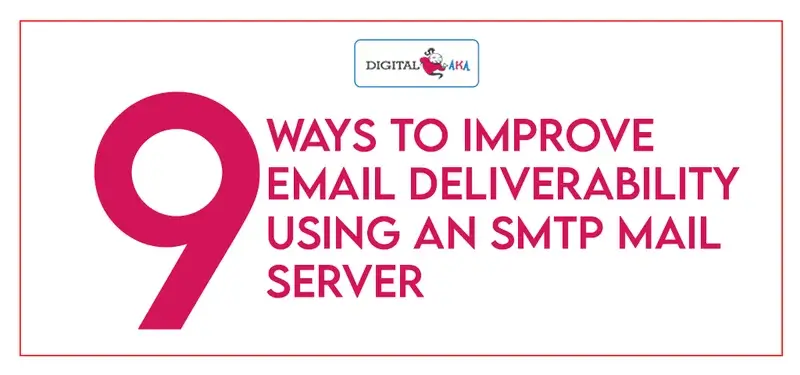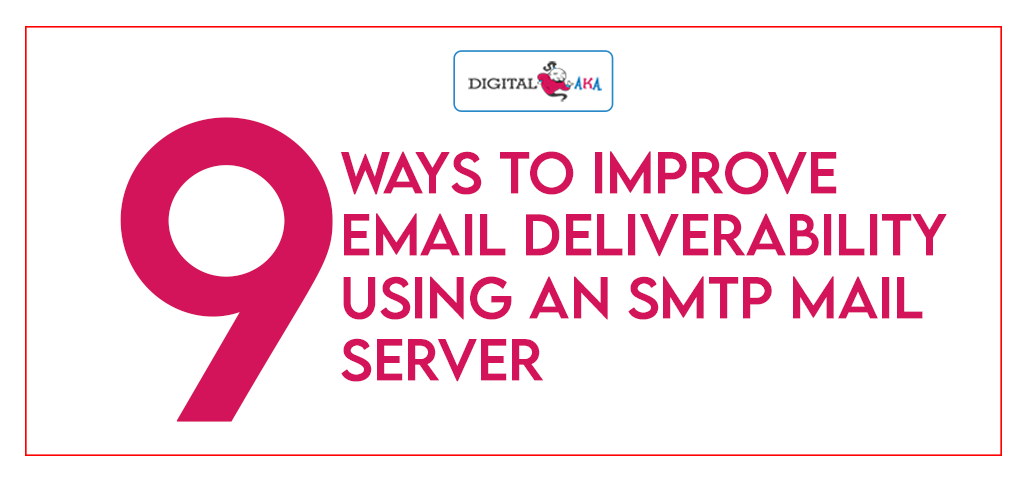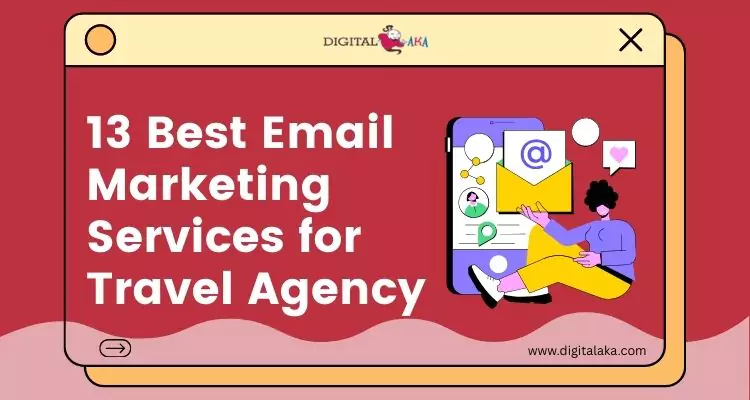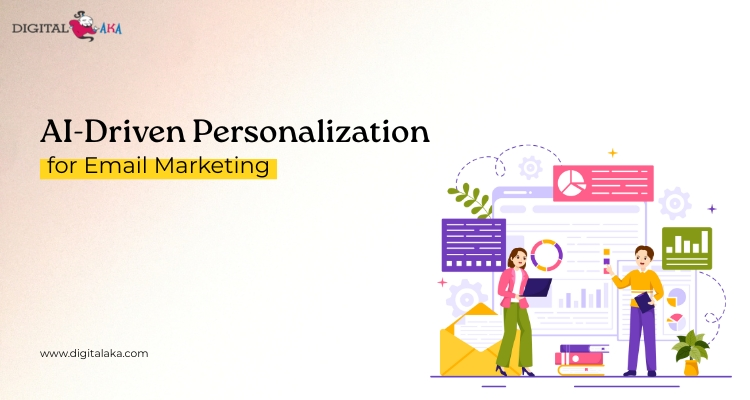
9 Best Email Marketing Books to Read In 2023
May 15, 2022
How Can Outbound Emails Help You In Email Marketing Campaigns
August 4, 2022As per DigitalAka’s bulk email deliverability stats, 21% of emails never make it to their intended recipients’ inboxes. This is the case because many Smtp service provider doesn’t know how to improve email deliverability.
We’re not discussing emails that wind up in spam folders. Even when 455 billion emails are produced daily, spam isn’t the most severe issue with email marketing initiatives.
Even if emails wind up in spam folders, they were delivered. We’re referring to emails that never get past the first stage of the process. That’s what bulk email deliverability rates are all about, as you’ll discover the best way to improve email reputation.

As we’ve previously stated, bulk email marketing services are the most effective approach to communicating with your customers. However, if your emails never reach their intended recipients, you’re squandering time and money and losing out on prospects and revenue.
The only way to improve email deliverability is to follow best practices to make more of your emails to the inbox. We’ll go through some best ways to improve deliverability of email best practices in this tutorial to help you achieve more of your subscribers’ inboxes. Your email marketing investment will pay off more if you get this correctly.
The suggestions are listed in order of difficulty, with a few technical ones your email service provider takes care of. We’ll mark those as we go, but first, let’s define email deliverability, so everyone understands what we’re talking about.
Table of Contents
What is Email Deliverability?
Email deliverability is just a number that indicates whether any of your emails make it to your subscribers’ inboxes.
And it’s getting worse.
Gmail, Yahoo, and other email providers constantly develop innovative techniques to prevent spam outside their users’ inboxes. It will verify that any email you send is legitimate and came from the source you claim it did.
Internet providers & bulk email service providers have been strengthening their limits as spam gets worse (and wiser). We’re seeing that they’re starting to stop many emails that would have otherwise gone through and got delivered without a hitch. They may occasionally finish up inside the spam folder.
Many email deliverability issues can be addressed by using the best email deliverability practices we’ll discuss. Here’s a quick rundown of the topics that interest you the most:
Do not purchase email lists – It’s tempting to buy an email list to increase email marketing subscriber growth. However, this is a horrible idea. So because names on the list did not opt-in to get your emails, they are likely to label them as spam when they receive them.
Spam reports impact the email sender reputation and may violate the terms of service of your email service provider, resulting in your account being suspended. Is it, therefore, genuinely worthwhile? Certainly not!
Monitor Your Email Statistics – Pay attention to your email service provider’s delivery reports while evaluating email deliverability. These reports contain crucial information that will assist you in identifying potential delivery concerns.
We usually focus on open and click rates to gauge conversions as marketers, but bounces and complaints are more crucial for email deliverability.
If many emails bounce, the sender’s reputation will suffer. Since a high bounce rate indicates that you’re working with out-of-date subscriber information, unscrupulous email marketing techniques such as acquiring lists could be a symptom.
Email deliverability rates are also affected by complaints when recipients flag your emails as spam. You’ll get a lousy sender reputation if you receive too many complaints and have too many emails flagged as spam in your inbox.
Allow recipients to manage their preferences – Did you even know about 43% of individuals designate emails as spam simply because unsubscribing is difficult or they don’t want to bother? Email deliverability will be affected if this occurs with your emails.
Making it simple for your users to modify their preferences is one of the most excellent methods to deal with this problem. There are a few options for doing so.
You might include a link in each and every email that allows recipients to update their information, such as altering their email addresses. Usually, bulk email service providers have a link in the email’s footer to enable subscribers, and you can even manually include it in other portions of your email.
However, you may create an email preference center by redirecting that link to a form that provides your customers with more subscription options. Giving subscribers an opportunity instead of pushing them to the spam or unsubscribe buttons can help keep people on your list.
Send mails to your most active users – It’s critical to have more people reading and clicking on your emails if you want to enhance your sender reputation and improve email delivery rates.
Here’s a hint: folks who have previously engaged are most likely to do so again. As a result, creating campaigns tailored to these users makes sense.
Email Segmentation – Segmenting your emails is critical email deliverability best practice that is also typically suggested for email marketing.
Send emails that will attract your subscribers instead of bulk emails to your entire subscriber list. As previously indicated, allowing subscribers to change their email choices.
Find out about your sender’s reputation– Now things are becoming more technical. The importance of the sender heavily influences email deliverability. Because if it’s terrible, just a small percentage of emails will make it to the spam folder, much less in the inbox.
Also read: 6 Benefits of Bulk Email Marketing Services
So, How do you figure out how good or bad a sender’s reputation is?
Sender reputation is determined by various factors, not all of which are under your control, and it can include things like your domain’s reputation. If you’re a new company with a brand new domain, you’ll have no track record and no good reputation so first of all, you have to improve domain reputation.
Examine blacklisting – If a mail server is recognized to send a bunch of spam, it will be blacklisted. Even if you aren’t sending spam, if your mail is arriving from a standard mail server that has, your email deliverability may be compromised.
To avoid having your domain blacklisted, we recommend that most email marketers use email marketing service providers. DigitalAka is a good option because it offers excellent email marketing services.
Make Your Emails Authentic – We’re now moving on to more technical advice. If you’re utilizing an email marketing service like DigitalAka, SMTPget, or Idealsmtp, they’ll handle the technical specifics for you for the next few recommendations.
If you’re sending daily emails from your server, you’ll need to double-check the email authentication settings (or have your server admin do so).
You’ll need to be familiar with the following acronyms:
- SPF: attempts to determine whether an email sent from a domain was sent from a domain’s authorized IP address. It protects against email spoofing.
- DKIM: this is similar to electronic signatures for email, allowing the sender to connect their domain to the emails they send. This demonstrates that emails are genuine.
- DMARC: Senders can utilize it to protect their domains from fraud and email spoofing frauds.
Do you know what is the Ideal Approach to Grow a Huge Email List?
Deal with IP Address Issues –
As you can see, your IP address is crucial for deliverability concerns. As a result, “warming up” new IP addresses slowly is one of the most critical emails deliverability best practices.
What exactly does that imply? That you should begin with just a few emails to interested subscribers and gradually increase the amount and frequency to the ideal level.
A consistent sending schedule is also beneficial. If you send vast numbers of emails from a single IP address through Email marketing reseller program for the first time, you might be a spammer; therefore, don’t do it.
People often wonder whether using a shared or private IP for their domain emails makes a difference. The answer is that it is dependent.
When you utilize a shared IP (a single IP address shared by numerous domains), the reputation of many other senders may damage your domain.
When using a dedicated IP (an IP address that is only yours), you bear full responsibility for your actions, which can have severe repercussions if you make a mistake. Here’s a simple comparison to assist you with your decision.
Conclusion
The emails must be delivered in favor of bulk email marketing to be adequate. That’s the first step. Then after, you can go wild with subject lines and email content. Email marketing is effective, but only if the emails are delivered.




